
Excited students walked to PS 452 on 61st Street.
By Amelia Roth-Dishy
Schools on the Upper West Side were once again a hub of morning activity this week as elementary students resumed in-person instruction for the first time since November 18. As cases steadily mount across the city, pandemic precautions anchored the scenes of normalcy in our present reality.
Outside P.S. 452 on 61st and Amsterdam Avenue on Monday, teachers took students’ temperatures before they could enter the building. A few kids trickled out of the yellow school buses lined up along 61st. Parents, students, and teachers alike wore masks.
Chancellor Carranza announced this return to a hybrid model for grades 3K-5 on November 29, less than two weeks after the mayor’s 3% positive test rate threshold prompted the Department of Education to temporarily close all school buildings. District 75, which encompasses the preponderance of the DOE’s specialized instruction for students with learning challenges, will welcome students back in-person on Thursday, December 10. Students in middle and high schools, Chancellor Carranza wrote in his email to families, “will continue to learn remotely until further notice.”
Leading up to the reopening, families were required to submit a form consenting to COVID-19 testing for their child, which will be administered to a random sample of school occupants— both students and faculty— each week.
It is difficult to know yet just how many students will actually show up for in-person learning as the year comes to a close. Individual schools must adapt the new DOE guidelines to a model that fits with their numbers. P.S. 163 on West 97th St., for example, is utilizing full remote instruction on Mondays, with students who have opted into hybrid learning split into two pods that will each enter the building two days per week. Principal Donny Lopez said in a town hall last week that only 20 additional families had opted into in-person classes during the last possible window, allowing the school to transition from three pods with class sizes of 3-5 students to two pods with an average of 8-10 students per classroom.
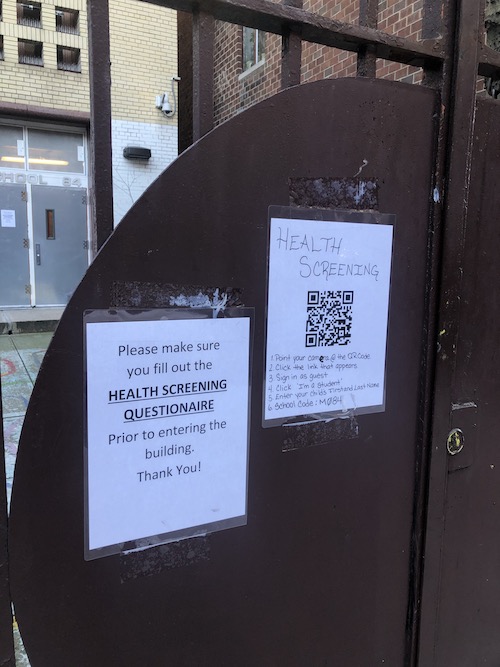
Signs outside PS 84 on 92nd Street.
Given the whiplash that school communities have endured this semester as they open and close and open again, some confusion is to be expected. At P.S. 452, a student arrived at the gate with a parent, only to discover that he was not on the list for entering the building that day.
“Okay,” he said jovially to the teacher. “See you tomorrow!”
Clarification: We originally mischaracterized the total number of students enrolled in hybrid learning at PS 163. There are 20 additional families that enrolled during the latest opt-in period, not 20 families total.



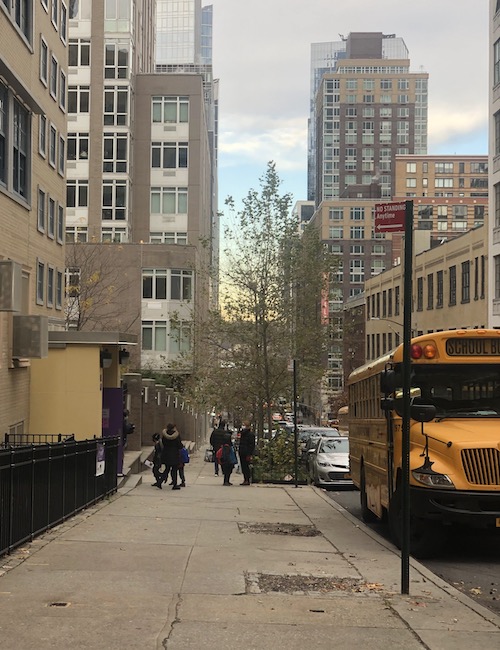
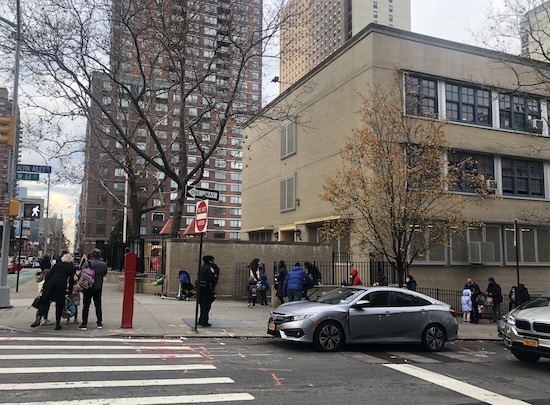
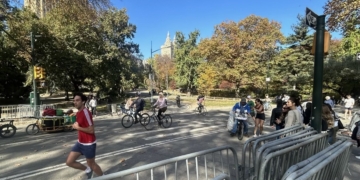


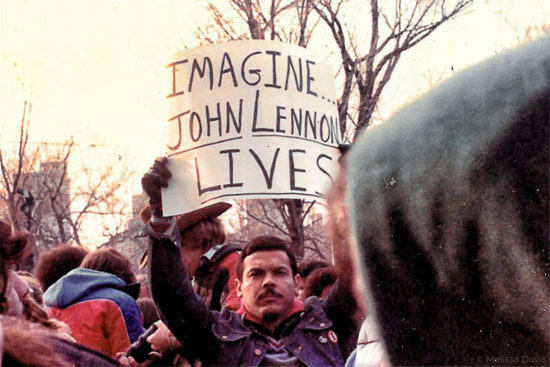


I am glad the mayor came to his senses and opted for this rational solution. Elementary school kids need to be in school the most. But those who don’t want to go don’t have to go – it’s a win/win.
I am still trying to figure out why there is a correlation between wealth and choosing in-person schooling. There was a bad article in NYT today that mentioned the issue but did not offer any explanation.
Personally, my child’s education is my top priority and I feel that will be best in person, so I will move heaven and earth to make hybrid happen.
One explanation I heard was that more low income families are multigenerational and therefore bringing covid home to elderly family members carries a higher risk. This doesn’t seem like a sufficient explanation, but it may be one of many factors.
The wealth issue comes into play because some families do not have the option to not send their child to school & keep their jobs. Lower paying jobs do not necessarily translate to work from home opportunities. Wealth means you can hire a caretaker to watch your children while you work. Imagine you have to choose whether to keep your job or keep your child(ren) at home?
Nice rant, but i believe the correlation is in the opposite direction….wealthier people are MORE likely to send their children to school.
Exactly. One would think that poorer people who cannot work at home would be more eager to get their kids in school. Under a hybrid schedule they are typically only there either 10 or 15 hours a week, which isn’t great, but it is a nice start. But instead they are opting out. And, in my opinion, jeopardizing their children’s academic (and social) future.
From what I see in my school, there are a few components to this. The first is that low income communities were hit by far the hardest by COVID in the spring, and are much more fearful now (for good reason). The second reason I see is that older children, but not that much older, are being tasked with staying home to care for younger children to enable parents to work. Low income families are also more likely to have longer commutes to school and I think avoiding public transit is a big factor as well. Again, this is observational and what I am hearing from families again and again!
The reality, however, is different from what you suggest. Daily News and Westside Rag had reported earlier that it’s in the wealthier neighborhoods where the higher percentage of children attends in person. So things are a little more complex and interesting…
https://www.nydailynews.com/new-york/education/ny-nyc-school-reopening-inequities-20201019-ye6xozir35bndewfnfgulmkiui-story.html
Article is misleading as PS 163, 20% additionally have opted back into hybrid with the new deadline that passed. That is not 20% of the entire school population.